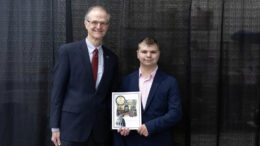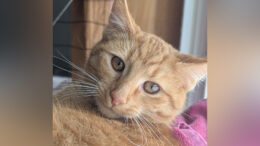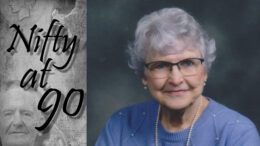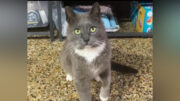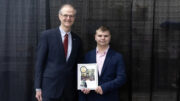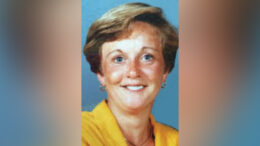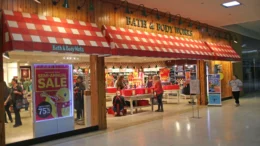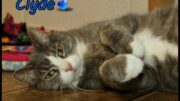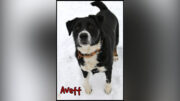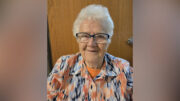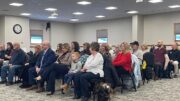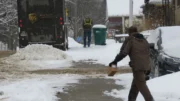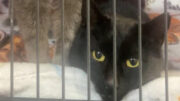The Clarion Call report
On Sept. 4, Clarion University’s art gallery started showcasing the work of Maranie Staab, a photographer that focuses on human rights in areas of conflict. The art gallery houses photos from Staab’s Displaced series.
The art gallery is run by the Art Department and also features two or three exhibits of contemporary art throughout the year. After the spring semester, it is also used for the Bachelor of Fine Arts Show. The University Art Gallery has featured art and photography from regional artists, but also national and international artists as well.
Since 2002, the university’s art gallery has been located on the first floor of the Carlson Library. It is completely free to students to view, and Staab’s exhibition will last until Nov. 20.
Born and raised, Staab calls Pittsburgh, Pennsylvania home. According to her website, “[She is] working to document human rights and social justice issues, displacement and the periphery of conflict — how violence and war affects individuals and societies.” To work and accomplish this task, she has traveled throughout Africa, western and eastern Europe, Southeast Asia and the Middle East.
“I have a genuine desire to better understand what’s going on, not only in our own country, but around the world as well. I believe in the importance of photography as a way of creating change and spreading awareness about parts of the world and issues that people won’t see themselves,” Staab said of why she travels to take photos.
The Displaced series of photos features the images Staab took when she traveled to Jordan, Iraq and Lebanon. It focuses largely on her work at the Zaatari Camp in a desert in Jordan. According to the information in the art gallery, this concentration camp, made to hold 60,000 people, currently houses 80,000 Syrian refugees. These inhabitants are people that were displaced from their home due to conflict.
According to the sign in the university gallery, from the artist, “The aspiration of this project is to ask that the viewer take a moment to recognize our shared humanity to put a name and a face to someone who has been forced from their home.”
To get these photos, Staab traveled to the Zaatari Camp in Jordan with a non-governmental organization (NGO) called the Syrian American Medical Society. She stayed for three weeks in Jordan. Because the camps were run by the military, the members of the NGO and Staab were not allowed to stay overnight, which meant they traveled over an hour each way from Amman, Jordan’s capital.
While there, she took photos of the organization she went with. Any chance she could get to go on her own, she went around to take portraits of those in the camp.
“I want nothing more for people to recognize the common humanities we have with others, whether in a different part of our own country or in different parts of the world,” Staab said on her inspirations for taking the photos.
The exhibition originally debuted during Pittsburgh’s Dollar Bank Three Rivers Arts Festival as part of Riverlife’s “to be determined” series.
For Staab, photography started out as a hobby for a large part of her life. Aside from photography, she was heavily involved in athletics. She also attended Coastal Carolina University to study business. After accepting and working in a corporate job, Staab decided to leave that line of work to pursue photography. She has been a freelance photographer since September 2015.
Staab’s work has been published in sources such as CNN, The Atlantic, Reuters and the Huffington Post, as well as other local sources in Pittsburgh. Her photos have been featured in exhibitions at Point Park University, The Three Rivers Art Festival and other various locations in Pennsylvania. She has traveled to various workshops and training in places such as New York, Spain and Washington D.C.
“The reason myself and other photographers cover these types of issues, the entire point is the effect and to have the work seen by as many people as possible,” Staab said. “I’m just really happy to have the chance to share the work with the people at Clarion. I hope that it impacts, even if it just impacts one person.”
Students can view the photos from Displaced in the art gallery on the bottom floor of the Carlson Library. The gallery is open on Tuesdays, Wednesdays and Thursdays from 1-5 p.m. and 1-4 p.m. on Fridays and Saturdays.







